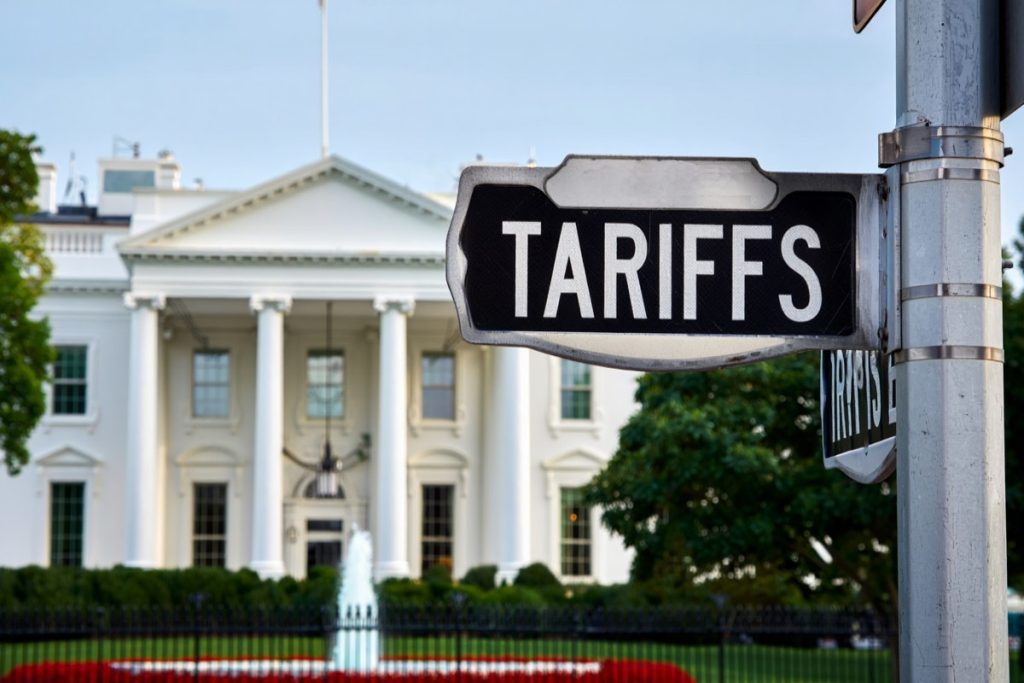
If you’re a small business that exports to the USA, these tariffs are more than just a political talking point – they’re a very real and tangible change to your export costs.
So, what can you do to minimise the impact of these tariffs on your bottom line?
Why is President Trump introducing these trade tariffs?
President Trump has implemented broad tariffs across all US trading partners as part of his ‘America First’ economic policy.
The tariffs appear to be an extension of Trump’s first-term trade philosophy, applying pressure on trading partners to negotiate more favourable terms for American industries.
While his aim may be to reinvigorate American manufacturing and cut the USA’s reliance on imports, economic commentators are divided on whether this goal can be achieved.
What tariffs have been announced?
A blanket tariff of 10% has been applied to all foreign trade partners. This is the base tariff that the USA’s most valued trade partners will pay for 90 days from March 10 2025.
What could the impact be on your bottom line?
Even a 10% tariff can have a significant impact on the cost of exporting your goods to the USA.
When you’re already paying production costs, shipping expenses and delivery costs, having an extra 10% added to your export costs may well have a serious impact.
Here are just a few of the potential negative effects:
Reduced competitiveness and profitability
Your products become more expensive in the US market, forcing difficult choices between maintaining competitive prices (by absorbing tariff costs) or preserving profit margins (by passing costs to your customers).
Increased administrative and financial burden
Managing new tariff regulations will require additional resources, while the new upfront tariff payments create immediate cashflow pressure before any US sales revenue is received.
Market uncertainty and planning difficulties
Unpredictable trade policies – and the volatile nature of the current US administration – make business forecasting and US market investment decisions substantially more challenging.
Disruption of your supply chain
These additional tariffs may affect your entire production network if you source components from multiple countries, some of which may incur high tariffs. This may mean rising prices within your supply chain.
Reduced sales and contract complications
US customers may reduce their order volumes, causing a sharp drop in US revenue. Existing contracts may also require renegotiation to determine who bears the tariff costs.
Talk to us about mitigating the impact of the US tariffs. If you’re concerned about the immediate impact of these new US tariffs on your export strategy, do come and talk to us. We’re here to help you scenario-plan the potential outcomes and come up with key ways to reduce the negative impact on your US revenues.
Possible strategies could include:
– Establishing US-based operations for the final assembly of your products, to reduce the tariff burden on your finished goods.
– Adjusting your pricing strategy by absorbing tariffs on competitive products while increasing margins on unique items with less competition.
– Looking for different export destinations beyond the US, to reduce your dependency on a single tariff-affected market.
– Reviewing supply chain for cost efficiencies that could offset tariff increases through alternative sourcing or consolidated shipping.
– Making use of any government export assistance programs and trade finance options that are designed to help small businesses weather trade disruptions.
Book a meeting to run through some tailored solutions for your businesses.

